Since first introduced in the 1930s, coatings have given photographers tough, reflection-free, contrasty lenses. And the same technology can be applied to the holes in pinhole cameras.
But is it worth it? Coating can add a degree of scratch resistance to a hole, but does it make a real-word difference to image quality?
Here’s a direct comparison between a coated and an uncoated hole – with science and images – so you can decide for yourself.
Methodology
The pairs of photographs below were taken at (roughly) the same time using the same camera, film and settings. Only the holes were changed.
I used an UNDO 135 pinhole camera. Thanks to the UNDO’s screw mount, swapping holes between shots (in a dark bag, of course) is easy. Just make sure your holes have imperial threads or you’ll damage the brass mounting plate.
I used two 0.2mm, f125 pinholes, one of them with Canon SSC (Super Spectra Coating).
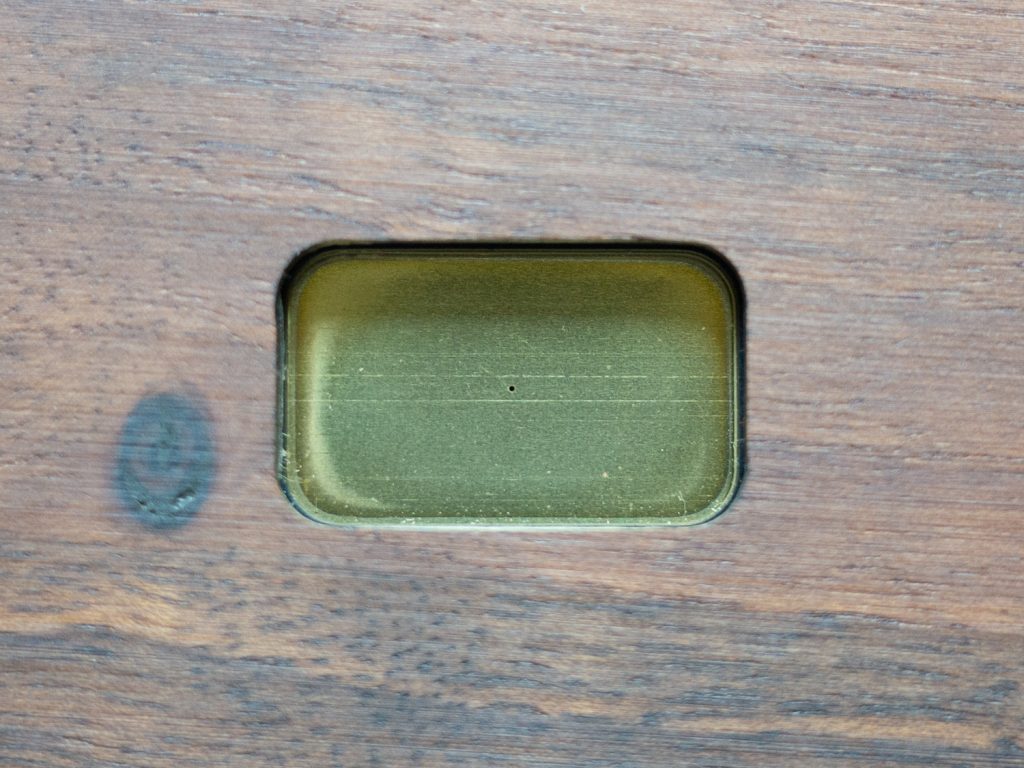
Uncoated hole 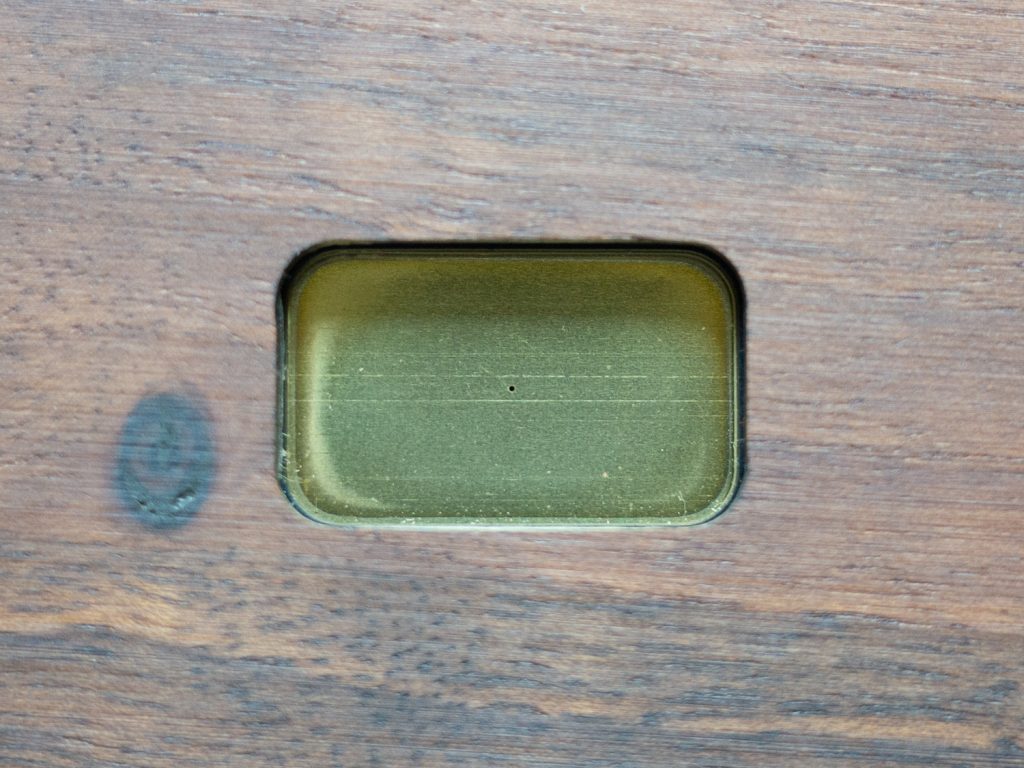
Coated hole
None of the commercial hole suppliers sell coated holes. Fortunately there are any number of YouTube videos showing how to lift coatings from lenses and apply them to holes.
The equipment isn’t cheap though, especially the essential stage 5 azimuth clutch. And, to be honest, the process is a real faff. Coating glass is hard, coating a hole is harder. It took me almost 3 hours to lift some SSC off a Canon FD 400mm and apply it to a hole. (OK, it would have been a bit quicker if hadn’t misread the solvent tables…)
If you can find a hole someone else has coated on eBay, that will be a more economical, and less frustrating, option. (Warning: There are fake holes out there.)
MPAL2 and CLOS.D charts
First off, let’s compare the holes using science. Don’t worry, we’ll get to some images in a mo.
If you are going to invest in an azimuth clutch to make your own coated hole, get one with a SCSI II interface. You can flip the clutch, plug it into an Apple Newton and use it to generate MPAL2 and CLOS.D charts – the most useful data tools for comparing hole performance.
MPAL2


The MPAL2 charts show a complete inversion from the coated hole, without the degree of regression shift we’d expect. Real world differences are generally not as dramatic as MPAL2 charts make them look. Even so, this result points to a significant improvement in image quality.
CLOS.D


Wow. An unexpected result here. The SSC on the hole radically drops the liminosity (not to be confused with ‘luminosity’) in the problematic 25 to 50 lift range. Again, this bodes well for real-world imaging.
Image comparisons
The charts look promising. But do the numbers translate into better images?
Portraits of Asako
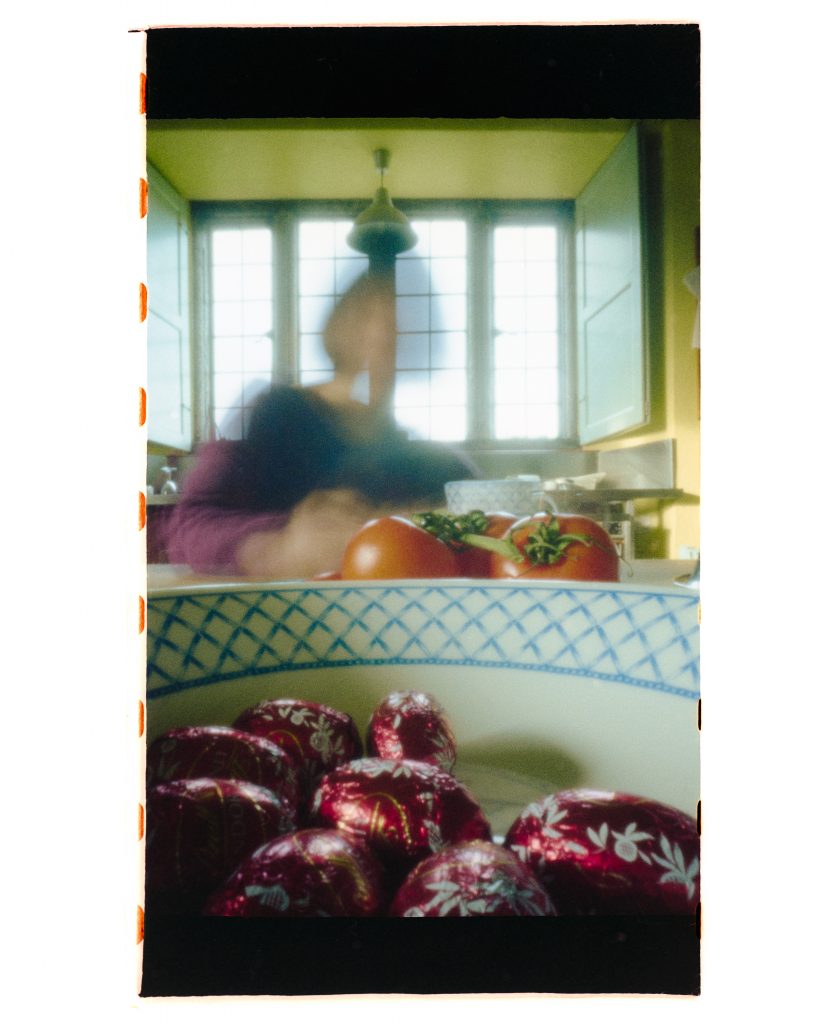

I can see a slight improvement in image quality with the coated hole. There’s just a little more commitment, which is probably down to the liminosity shift we saw in the CLOS.D chart. It’s not the significant improvement I was expecting though.
Chrysanthemum

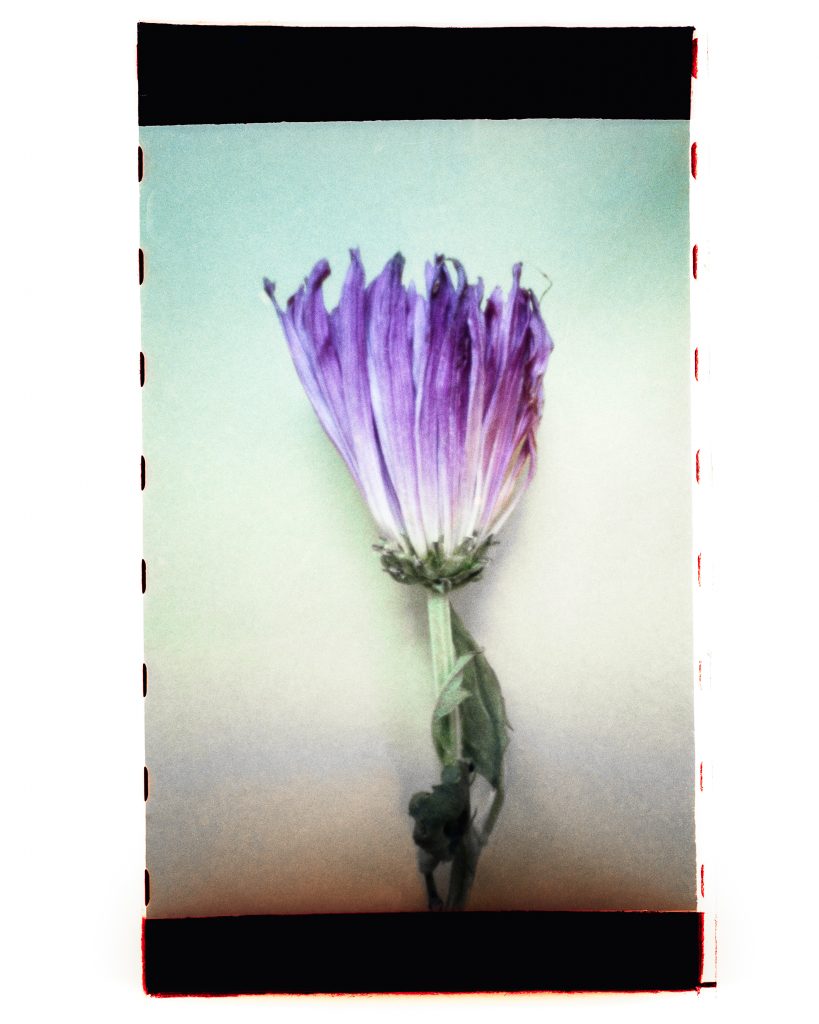
Same story here. It’s not something you’d notice at normal viewing distances, but close inspection shows more trustworthiness and valour in the ‘coated’ picture. There’s also a degree or two of polar colour introspection, which I like. Nothing significant though.
Portraits of Flo
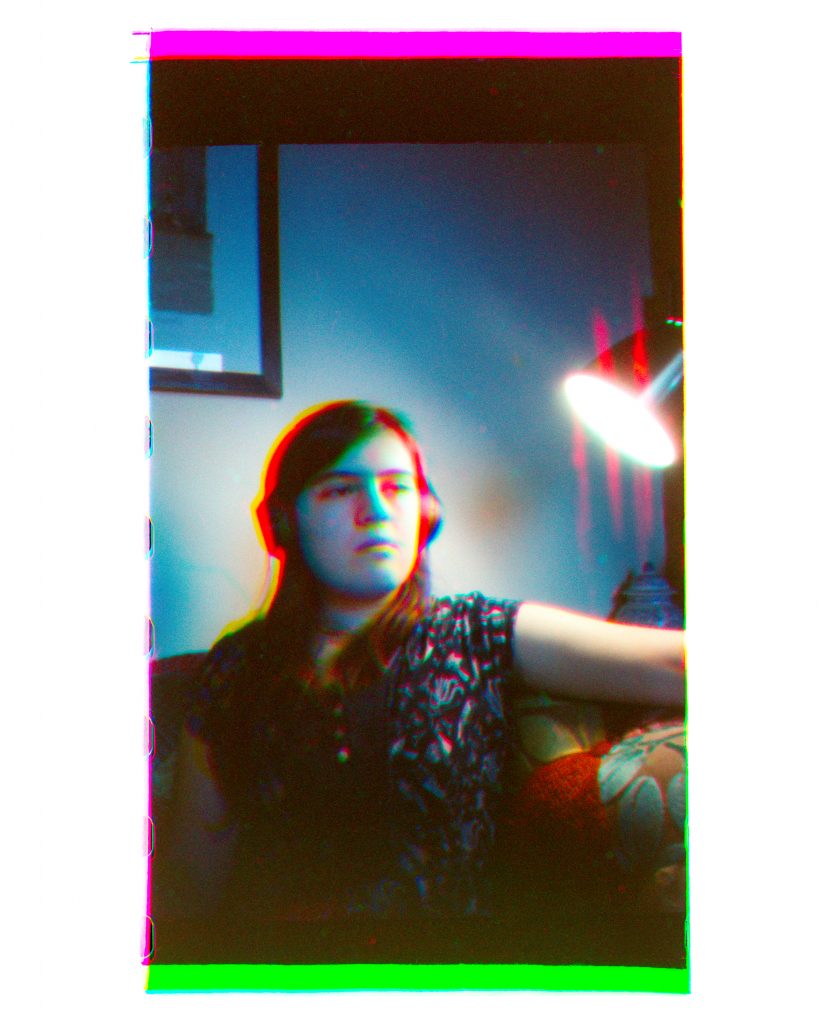

Again, the ‘coated’ picture is ahead of the game, but only just. It’s got slightly better volume, micro-berg, reticence, and co-covalence. The fluency is better in the ‘uncoated’ picture, but fluency tends to come at the cost of reticence.
Conclusions
Yes, pictures taken with the coated hole are ‘better’, but you need to be really close and looking hard to see the difference. In the real world, you aren’t going to notice. The science promised us big improvements that we’re not seeing in real life. It’s rocket boots, x-ray specs and moon landings all over again.
Given the cost, effort and weight (the elephant in the room), I can’t recommend using a coated pinhole.
But you probably want the best technology in your camera, so you’re going to get a coated hole whatever I say.
Actually, even I’m not going to take my advice. I’m keeping the coated hole on my UNDO. Yes, the improvements are subtle. But they are honest. And you can’t say that about everything.